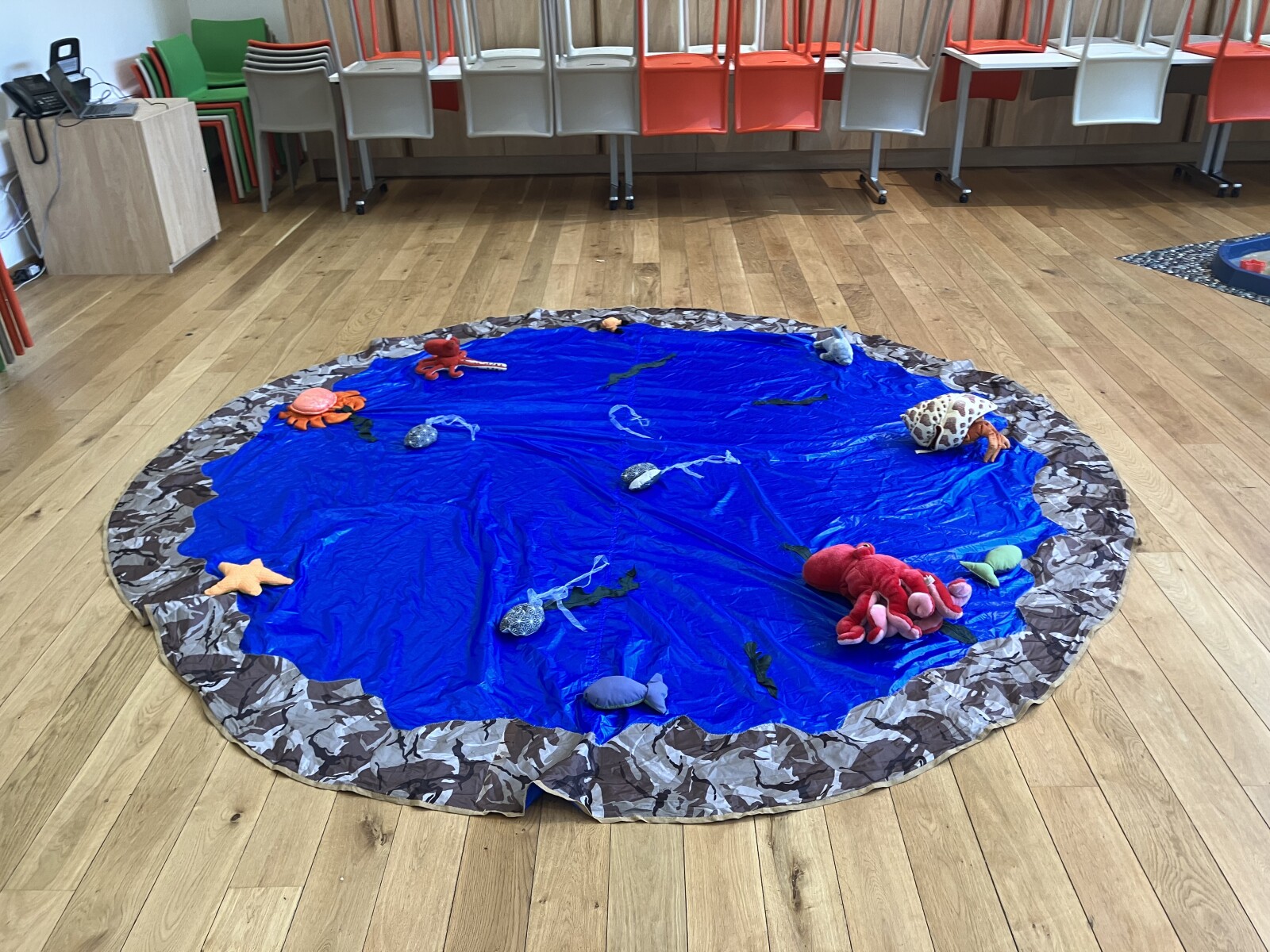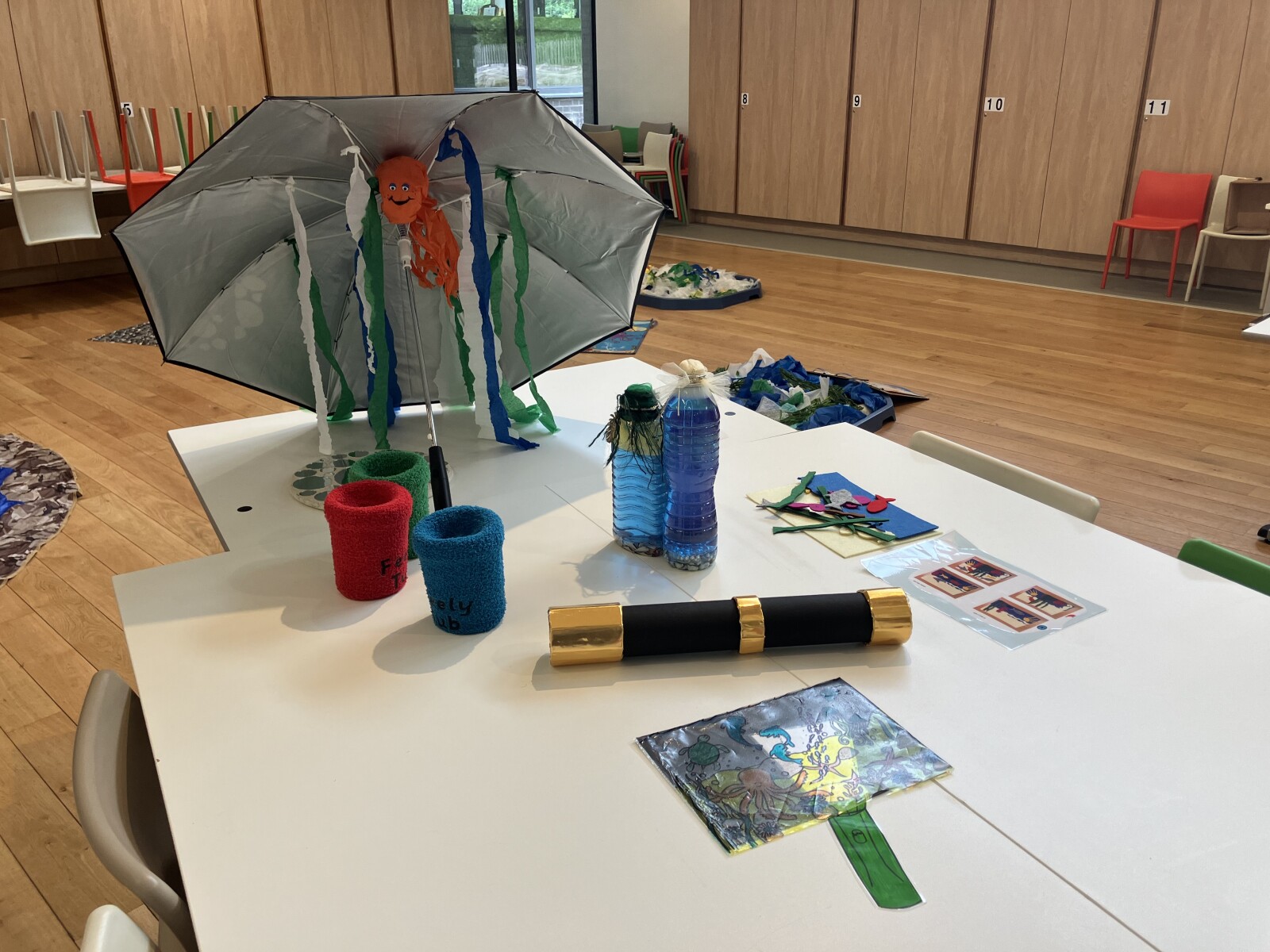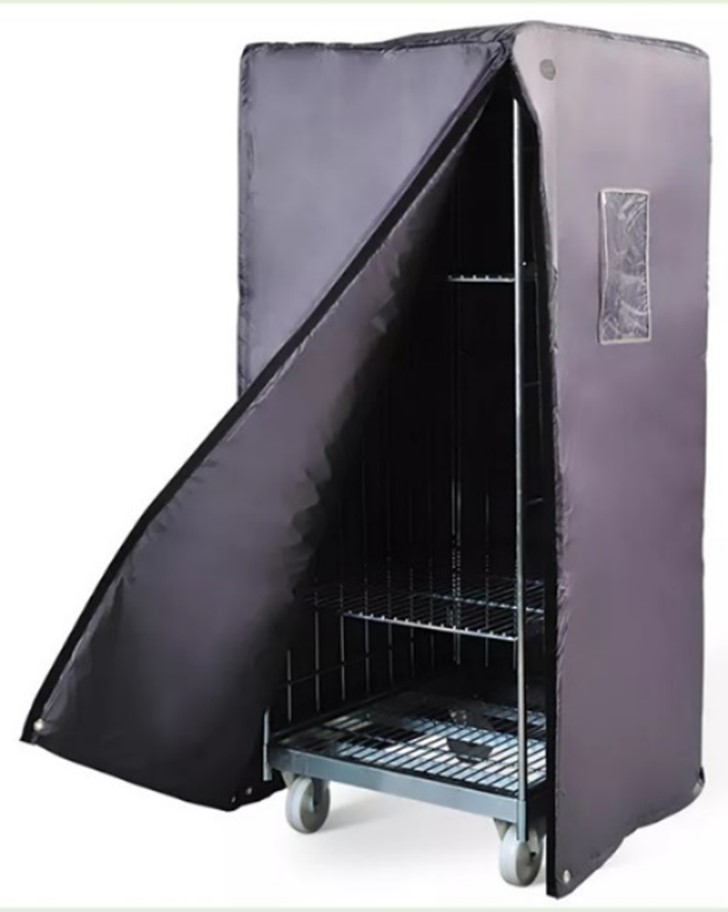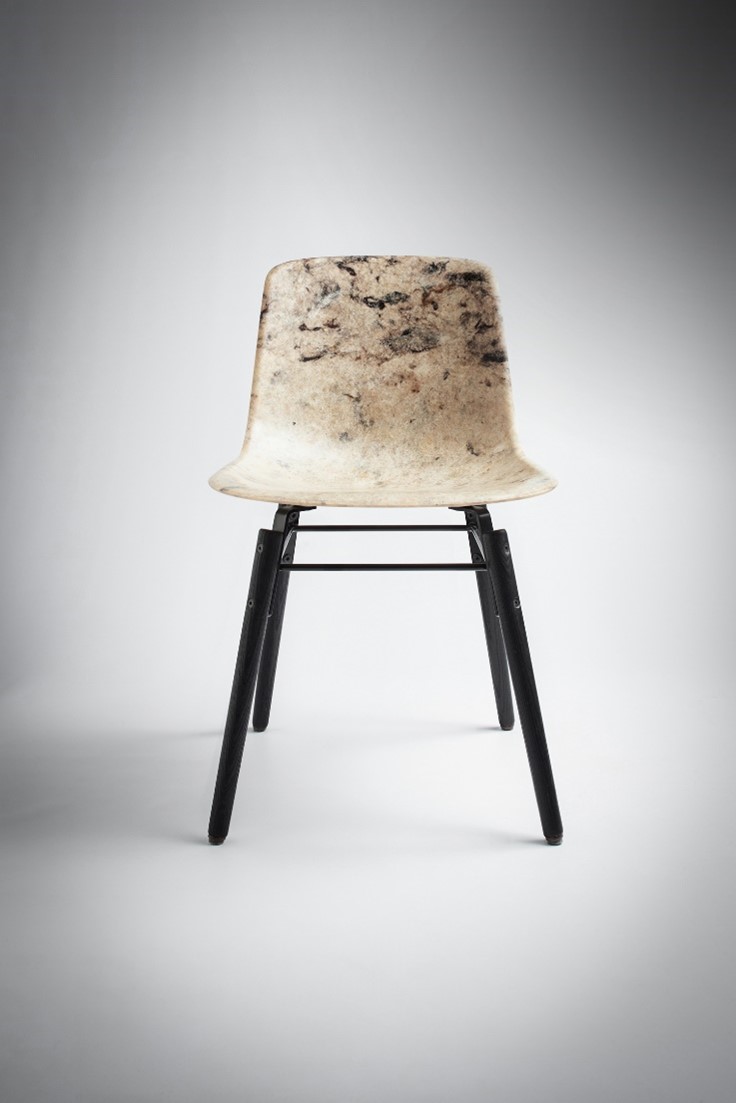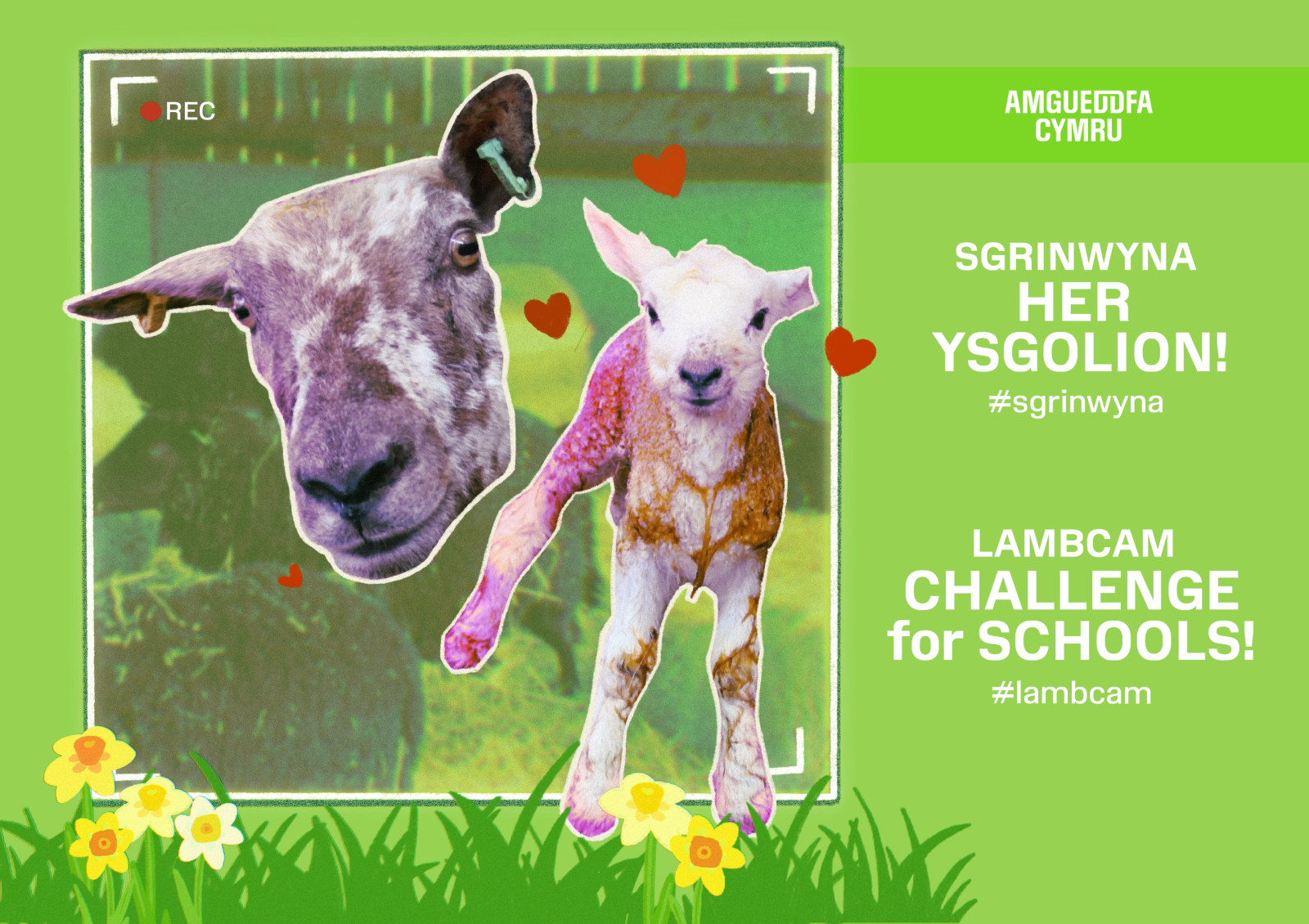GRAFT February
, 21 March 2024
“There are no Gardening mistakes only experiments.” Janet Kilburn Phillips
February too early to begin planting? Now this is a debatable topic in the gardening world… But we thought to give early planting a try.
At the end of January and early Feb we direct planted some Onions and Parsnips (seeds), planted out some Broad Beans and sewed early Tomatoes, Aubergine, Chillis, Peppers and Sweet Peas. We also planted a Bay tree in a pot by the Kitchen and 2 Blackberry stems in the Forest Bed. Starting early gives slower germination but also means an earlier crop.
We will sew a later variety of all the above to ensure we have more crop later in the year. [TOP TIP] Only start early if you have a heated propagator or a windowsill above a radiator at home.
We led a workshop in making your own potting mix. What we have gone for this year is 2 part compost (our own), 2 part Coir (Coconut Husk), and 1 part Perlite. This gives a good chance to all new seeds. Only downside to using your own compost is the weeds… we have found that germinating with your own compost has encouraged them to grow. Do you have another potting mix you swear by? Let us know!
Later in the month Ian set about repairing the wooden beds, teaching two of the GRAFT Volunteers the process. We also assembled 6 more raised beds out of corrugated iron which will line the glass edge of the Museum. As this is a shadier part of the garden, we are going to have to plan carefully what to plant there. Next time you are in the museum have a look, they look great! To fill the beds we added cardboard and a lot of cuttings and branches to pack out the base then added Top Soil on top. When this organic matter breaks down it will give nutrients to the soil.
At the end of February, we sewed Spinach, and a selection of Herbs (Thyme, Oregano, Marjoram, Basil) in the Polytunnel. We also ‘chitted’ (Bless me!) our potatoes, this means placing them in egg boxes with the ‘eyes’ face up. When they sprout they are good to go in the ground. Alternatively, you can just chuck them straight in the bed without chitting. [TOP TIP] Grow potatoes from home! Ever gone to make some mash and found sprouting potatoes? You can cut them in half and place them in soil to make a big crop of Potatoes right from home. Give it a try and let us know how you get on!
Roast Crown Prince Squash with whipped tahini
Serves 4
Ingredients
1.2 k Squash of your choice, deseeded and cut into chunks
3 tbsp oil
1 red onion, finely sliced
Glug of red wine vinegar
200g tahini
Squeeze of lemon juice
Handful of mint leaves
Salt and pepper
Method
Preheat oven to 180 degrees
Roast squash in oven with oil and season with salt for 40 mins, turning half way
Place onion in a bowl with vinegar and pinch of salt and mix well
In another bowl add 125ml of cold water to the tahini and whisk well
Add lemon juice and salt to taste
To serve put the tahini on the plate, top with the squash, pickles onions, torn mint leaves and salt and pepper
I will be updating readers every month or two months with the general work we have done in the garden. We will pass on information we have learnt, things we have done well (and not so well) and any tips for budding gardeners (or experienced gardeners) out there to take to your own green space. I will also include a seasonal recipe from The Shared Plate using ingredients from GRAFT.






